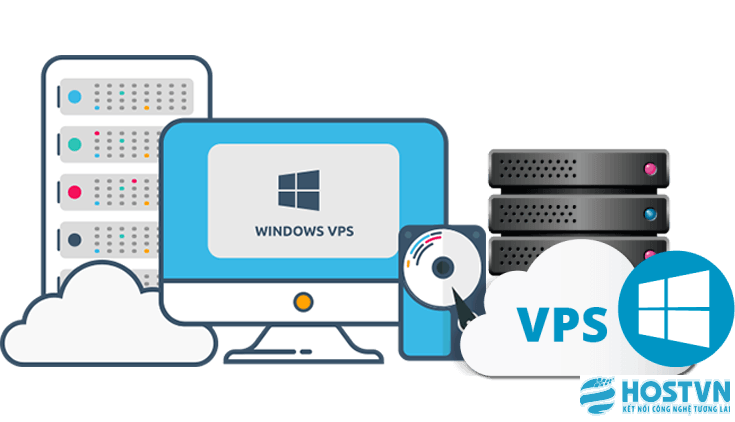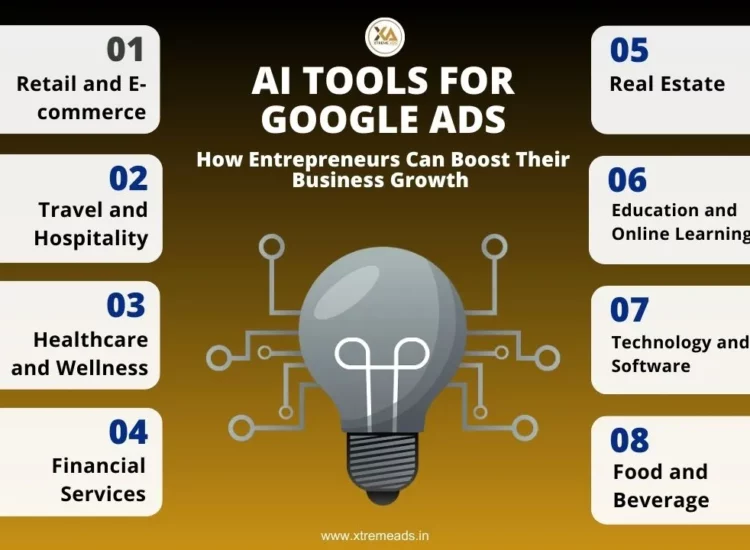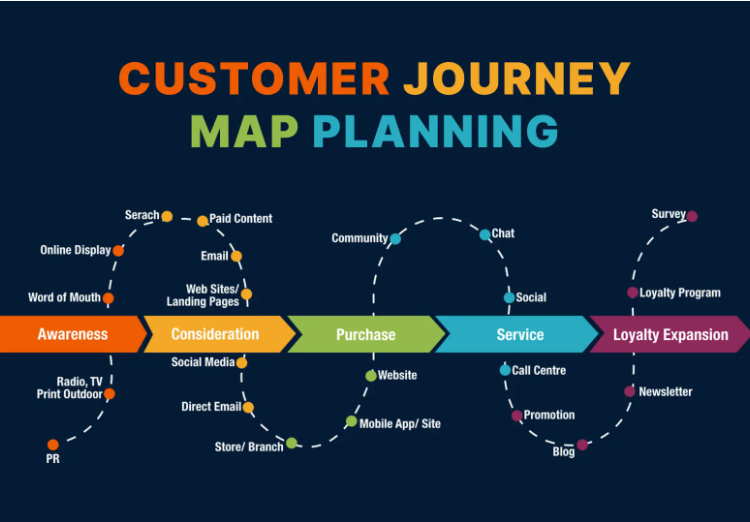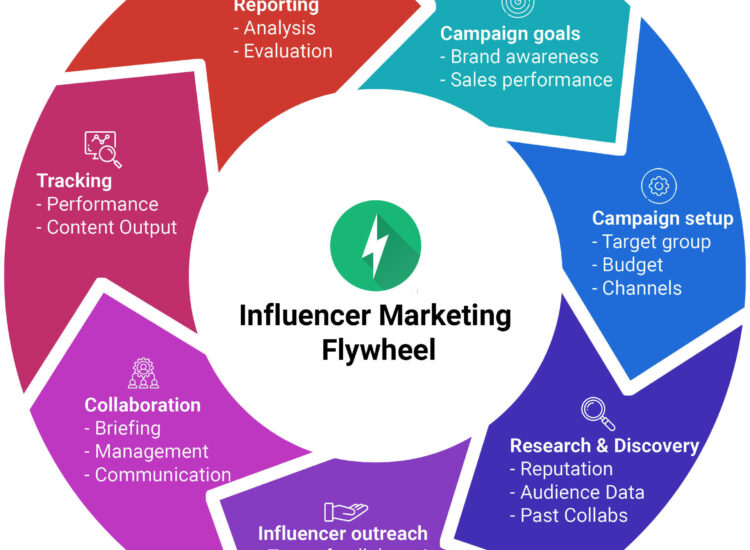Social media platforms are no longer just places for connection; they are powerful advertising engines capable of reaching billions of users worldwide. Businesses of all sizes invest heavily in social media advertising, drawn by sophisticated targeting options and massive potential reach. However, simply spending money isn’t enough. In an era of tight budgets and demands for accountability, understanding and maximizing Social Media Advertising ROI (Return on Investment) is paramount.
Toc
- 1. Why Measuring Social Media Advertising ROI Isn’t Just Important – It’s Essential
- 2. Defining Social Media Advertising ROI: What Are We Really Measuring?
- 3. The Building Blocks: Essential Metrics for Calculating Social Media Advertising ROI
- 4. Setting the Stage: Prerequisites for Accurate ROI Tracking
- 5. Related articles 01:
- 6. Strategies to Boost Your Social Media Advertising ROI
- 7. Related articles 02:
- 8. Navigating the Challenges in Measuring Social Media Ad ROI
- 9. Platform-Specific ROI Considerations
- 10. Reporting and Communicating Your Social Media Advertising ROI
- 11. Turning Social Ad Spend into Profitable Growth
Many marketers struggle to definitively prove the value generated by their social ad spend. Attributing conversions, calculating true costs, and demonstrating tangible business impact can be complex. This comprehensive guide aims to demystify Social Media Advertising ROI. We will explore precisely what it means, how to calculate it accurately, the essential metrics to track, the strategies required for improvement, and the tools needed for effective measurement. Whether you’re managing campaigns on Facebook, Instagram, LinkedIn, TikTok, or other platforms, mastering ROI analysis is the key to unlocking sustainable growth and justifying your marketing investments.
Why Measuring Social Media Advertising ROI Isn’t Just Important – It’s Essential

Ignoring ROI calculation for your social ad campaigns is like navigating a ship without a compass. You might be moving, but you have no idea if you’re heading towards profitable shores or financial ruin. Measuring Social Media Advertising ROI provides critical benefits:
-
Budget Justification: Demonstrating a positive ROI provides concrete evidence to stakeholders (management, finance departments) that social media advertising is a worthwhile investment, securing future budgets.
-
Campaign Optimization: Understanding which campaigns, ad sets, creatives, and targeting parameters deliver the best return allows you to allocate resources more effectively, cutting underperformers and scaling winners.
-
Strategic Decision-Making: ROI data informs broader marketing strategy, helping you understand the role social ads play in the overall customer journey and how they compare to other channels.
-
Identifying Profitable Channels: Comparing ROI across different social platforms (e.g., Facebook vs. LinkedIn vs. TikTok) reveals where your advertising dollars generate the most value for specific objectives.
-
Proving Marketing’s Value: Moving beyond vanity metrics (likes, shares) to tangible business results elevates the marketing function from a cost center to a revenue driver.
Without measuring ROI, your social media advertising efforts remain largely based on guesswork and potential inefficiency.
Defining Social Media Advertising ROI: What Are We Really Measuring?

At its core, Return on Investment (ROI) is a performance measure used to evaluate the efficiency or profitability of an investment. For social media advertising, it quantifies the revenue or value generated relative to the cost of the advertising investment.
The Basic Formula:
Social Media Advertising ROI = [(Value Generated – Total Investment Cost) / Total Investment Cost] * 100%
-
Value Generated: This is the trickiest part. It’s ideally the profit generated from sales directly attributed to your social ads. However, it can also include the value of leads, sign-ups, app installs, or other specific conversion goals, depending on your campaign objectives.
-
Total Investment Cost: This goes beyond just the ad spend reported by the platform. It should encompass:
-
Direct Ad Spend: The amount paid to platforms like Meta (Facebook/Instagram), LinkedIn, TikTok, etc.
-
Content Creation Costs: Expenses related to designing visuals, writing copy, producing videos, etc.
-
Tool Costs: Subscription fees for scheduling, analytics, or management software used for social ads.
-
Agency Fees: Costs if you outsource campaign management.
-
Internal Time/Salaries: A portion of the salaries for internal staff managing the campaigns (often harder to calculate precisely but important for true ROI).
-
ROI vs. ROAS (Return on Ad Spend):
It’s crucial to distinguish ROI from ROAS.
-
ROAS = (Revenue Generated from Ads / Ad Spend) * 100%
ROAS focuses only on the direct ad spend and the revenue generated. It’s a simpler metric and often easier to calculate directly within ad platforms. Social Media Advertising ROI is a broader, more holistic measure of profitability, considering all associated costs. While ROAS is a valuable KPI, true ROI gives a more accurate picture of overall financial performance.
The Building Blocks: Essential Metrics for Calculating Social Media Advertising ROI

Accurate ROI calculation relies on tracking the right metrics throughout the funnel. While vanity metrics have their place for gauging engagement, focus primarily on metrics tied to business outcomes:
Traffic & Engagement Metrics (Top/Middle Funnel Indicators):
-
Clicks: Number of times users clicked on your ad.
-
Click-Through Rate (CTR): (Clicks / Impressions) * 100%. Indicates ad relevance and creative effectiveness.
-
Cost Per Click (CPC): Total Ad Spend / Total Clicks. Measures cost efficiency for driving traffic.
-
Impressions: Number of times your ad was displayed.
-
Reach: Number of unique users who saw your ad.
-
Engagement Rate: (Likes + Comments + Shares + Saves) / Impressions or Reach. Shows audience resonance. While not directly ROI, high engagement can correlate with better performance.
Conversion Metrics (Action-Oriented):
-
Conversions: The number of desired actions taken (e.g., purchases, lead form submissions, sign-ups, app installs). This is critical.
-
Conversion Rate (CVR): (Conversions / Clicks or Sessions) * 100%. Measures how effectively your landing page and offer convert traffic.
-
Cost Per Acquisition (CPA) / Cost Per Lead (CPL): Total Ad Spend / Total Conversions (or Leads). The average cost to acquire a customer or lead via social ads. A core metric for profitability analysis.
Revenue & Value Metrics (Bottom Line Impact):
-
Total Revenue Attributed: The total sales value directly linked to your social ad campaigns.
-
Average Order Value (AOV): Total Revenue / Number of Orders. Helps understand the value of each conversion.
-
Return on Ad Spend (ROAS): As discussed, (Revenue / Ad Spend) * 100%. Key indicator of ad spend efficiency.
-
Customer Lifetime Value (CLV): The total predicted profit a customer will generate over their entire relationship with your brand. Crucial for understanding long-term ROI, especially if initial CPA is high.
Setting the Stage: Prerequisites for Accurate ROI Tracking

You can’t measure what you don’t track properly. Setting up a robust tracking foundation is non-negotiable:
5. https://cungcapthietbiyte.com/mmoga-unlocking-growth-with-top-notch-email-marketing-companies
-
Define Clear Objectives: Align your campaign goals with measurable outcomes. Are you aiming for brand awareness, lead generation, direct sales, or app installs? Your objectives determine which metrics matter most.
-
Install Tracking Pixels: Implement the relevant tracking pixels/tags on your website and landing pages:
-
Meta Pixel (Facebook & Instagram)
-
LinkedIn Insight Tag
-
TikTok Pixel
-
Pinterest Tag
-
Twitter/X Pixel
These pixels track user actions after they click your ad, enabling conversion tracking within the ad platforms.
-
-
Utilize UTM Parameters: Append UTM tags (Urchin Tracking Module) to your ad destination URLs. This allows Google Analytics (GA4) and other analytics tools to accurately attribute website traffic and conversions back to specific social media campaigns, ad sets, and ads.
-
utm_source (e.g., facebook, linkedin)
-
utm_medium (e.g., cpc, social_paid)
-
utm_campaign (e.g., summer_sale_2024)
-
utm_content (e.g., video_ad_1, blue_image_cta)
-
utm_term (Optional, for paid search keywords)
-
-
Configure Conversion Events: Set up standard and custom conversion events within both the ad platforms (via pixels) and Google Analytics (GA4) to track specific actions (e.g., ‘Purchase’, ‘Lead’, ‘AddToCart’, ‘CompleteRegistration’).
-
CRM Integration: Connect your Customer Relationship Management (CRM) system to track leads generated from social ads through the entire sales funnel, allowing you to attribute actual closed deals and revenue.
-
Understand Attribution Models: Be aware of how different platforms attribute conversions (e.g., last-click, view-through windows). Understand the limitations and choose models in your analytics that best reflect your customer journey (first-click, last-click, linear, time decay, data-driven).
Strategies to Boost Your Social Media Advertising ROI
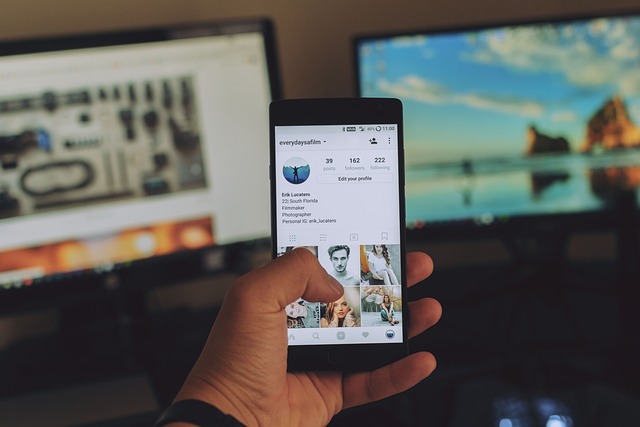
Once you have accurate measurement in place, you can focus on optimization. Here are key strategies to improve your return:
-
Laser-Focus Your Audience Targeting:
-
Go beyond basic demographics. Leverage interest, behavior, and psychographic targeting.
-
Build Custom Audiences from website visitors, email lists, or app users for retargeting.
-
Create Lookalike Audiences based on your best existing customers to find similar new prospects.
-
Continuously refine and exclude irrelevant audience segments.
-
-
Optimize Ad Creative and Copy:
-
A/B Test Everything: Test different images, videos, headlines, ad copy variations, calls-to-action (CTAs), and formats (carousel, single image, video, stories).
-
Platform Alignment: Tailor creative to the specific platform (e.g., vertical video for Reels/TikTok, professional tone for LinkedIn).
-
Clear Value Proposition: Instantly communicate the benefit to the user.
-
Strong Call-to-Action: Tell users exactly what you want them to do.
-
Mobile-First Design: Ensure ads look great and load quickly on mobile devices.
-
-
Optimize Landing Pages:
-
Relevance: Ensure the landing page message and offer perfectly match the ad creative.
-
Clear CTA: Make the desired action obvious and easy to take.
-
Fast Loading Speed: Slow pages kill conversions. Optimize images and code.
-
Mobile-Friendly: Essential for users clicking through from mobile apps.
-
Minimize Distractions: Keep the focus on the conversion goal.
-
-
Implement Strategic Bidding and Budgeting:
-
Choose the Right Bid Strategy: Understand options like lowest cost, cost cap, bid cap, value optimization based on your goals.
-
Allocate Budget Wisely: Shift budget towards campaigns, ad sets, and audiences demonstrating the highest ROI/ROAS.
-
Monitor Frequency: Avoid ad fatigue by keeping an eye on ad frequency metrics.
-
-
Leverage Retargeting Effectively:
-
Target users who visited your website, added items to their cart, or engaged with previous ads but didn’t convert.
-
Use dynamic product ads to show users items they previously viewed.
-
Offer specific incentives to encourage completion of the desired action.
-
-
Continuously Test and Iterate:
-
Social Media Advertising ROI improvement is an ongoing process. Regularly analyze performance data and use insights to run new tests and refine your approach. Don’t become complacent.
-
-
Consider Customer Lifetime Value (CLV):
-
Don’t just optimize for the initial purchase. Factor in the long-term value of acquiring a customer. A higher CPA might be acceptable if it leads to high-CLV customers. Target campaigns towards acquiring customers likely to make repeat purchases.
-
-
Align Social Ads with Overall Marketing:
-
Ensure messaging consistency across all channels (email, website, SEO, content).
-
Use social ads to amplify content marketing efforts or promote gated assets for lead generation.
-

Despite the best tools and strategies, challenges remain:
-
Attribution Complexity: The customer journey is rarely linear. Users may interact with multiple touchpoints (organic search, email, social ads) before converting, making precise attribution difficult. Cross-device tracking adds another layer of complexity.
-
Tracking Limitations: Platform changes (like Apple’s iOS privacy updates) and the decline of third-party cookies can limit the data available for tracking and targeting.
-
Measuring Intangible Benefits: Quantifying the ROI of brand awareness, improved brand perception, or community building generated by social ads is inherently difficult.
-
Long Sales Cycles: For B2B or high-ticket items, the time between an ad click and a final sale can be weeks or months, making immediate ROI calculation challenging.
-
Offline Conversions: Tracking users who see an ad online but convert offline (in-store visit, phone call) requires specific setup (e.g., uploading offline event data).
Addressing the Challenges:
-
Use a combination of platform data, Google Analytics (GA4), and CRM data.
-
Focus on directional trends and correlations even if precise attribution is fuzzy.
-
Utilize modeled conversions provided by platforms (with caution).
-
Implement server-side tracking and prioritize first-party data collection.
-
Consider metrics beyond direct revenue for awareness campaigns (reach, engagement, brand lift studies).
-
Use appropriate attribution windows based on your sales cycle.
Platform-Specific ROI Considerations

While the core principles apply universally, nuances exist:
-
Facebook & Instagram Ads ROI: Strong for B2C, e-commerce, lead gen, and app installs. Powerful visual focus and extensive targeting options. Requires constant creative testing.
-
LinkedIn Ads ROI: Ideal for B2B lead generation, targeting specific job titles, industries, and company sizes. Typically higher CPC/CPL but potentially higher value leads.
-
TikTok Ads ROI: Effective for reaching younger demographics, driving trends, and brand awareness. Highly creative-dependent; authenticity performs well. E-commerce integrations are growing.
-
Pinterest Ads ROI: Strong for visual discovery, product inspiration, and driving e-commerce sales, particularly in verticals like home decor, fashion, food, and DIY. Users often have high purchase intent.
-
Twitter/X Ads ROI: Useful for real-time engagement, event promotion, customer service, and reaching specific interest-based communities. Can be effective for driving conversations.
Reporting and Communicating Your Social Media Advertising ROI

Presenting your findings effectively is crucial:
-
Know Your Audience: Tailor reports for different stakeholders (e.g., detailed metrics for the marketing team, high-level profitability for executives).
-
Visualize Data: Use charts and graphs to make complex data easily digestible.
-
Provide Context: Don’t just present numbers; explain what they mean, the trends observed, and the actions taken based on the data.
-
Highlight Key Wins & Learnings: Showcase successes but also be transparent about challenges and lessons learned.
-
Connect to Business Goals: Always tie social media ad performance back to overarching business objectives.
Turning Social Ad Spend into Profitable Growth

Calculating and improving Social Media Advertising ROI is not just a reporting exercise; it’s a fundamental strategic imperative. It transforms social media advertising from a hopeful expenditure into a predictable engine for growth. By setting clear goals, implementing robust tracking, meticulously analyzing performance metrics, and continuously optimizing your campaigns based on data-driven insights, you can confidently demonstrate the value of your efforts.
Mastering Social Media Advertising ROI requires diligence, the right tools, and a commitment to ongoing testing and learning. Embrace the complexities, focus on the metrics that truly matter, and leverage the strategies outlined here. By doing so, you can ensure your social ad spend works smarter, drives tangible business results, and delivers a consistently positive return on investment in the competitive digital landscape.

